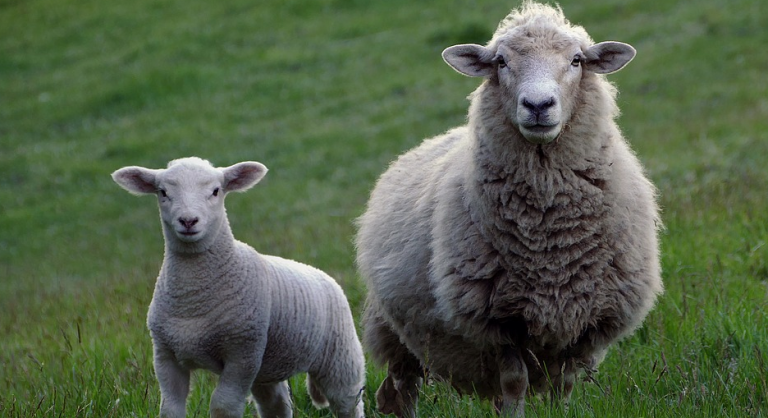Even today, nobody can reliably predict when and where an earthquake will occur. However, eyewitnesses have repeatedly reported that animals behave unusually before an earthquake. In an international cooperation project, researchers from the Max Planck Institute of Animal Behavior in Konstanz/Radolfzell and the Cluster of Excellence Center for the Advanced Study of Collective Behavior at the University of Konstanz, have investigated whether cows, sheep, and dogs can actually detect early signs of earthquakes.
To do so, they attached sensors to the animals in an earthquake-prone area in Northern Italy and recorded their movements over several months. The movement data show that the animals were unusually restless in the hours before the earthquakes. The closer the animals were to the epicentre of the impending quake, the earlier they started behaving unusually. The movement profiles of different animal species in different regions could therefore provide clues with respect to the place and time of an impending earthquake.
also read
Legendary Jethro Tull to play a single concert in September in Athens
Shocking moment a teenage football player is struck by lightning (warning: distressing video)
On an Italian farm in an earthquake-prone area, they attached accelerometers to the collars of six cows, five sheep, and two dogs that had already displayed unusual behaviour before earthquakes. The researchers then recorded their movements continuously over several months. During this period, official authorities reported about 18,000 earthquakes in the region. In addition to many small and hardly noticeable quakes, there were also 12 earthquakes with a strength of 4 or higher on the Richter scale.
The researchers then selected the quakes that triggered statistically relevant earth movements on the farm. These included strong quakes up to 28 km away as well as weaker quakes, the epicentres of which were very close to the farm. However, instead of explicitly looking for abnormal behaviours in the period before these events, the researchers chose a more cautious approach. They first marked all behavioral changes of the animals that were unusual according to objective, statistical criteria. “In this way, we ensure that we not only establish correlations retrospectively but also that we really do have a model that can be used for predictions,” says Professor Martin Wikelski, director at the Max Planck Institute of Animal Behavior and Principal Investigator at the Center for the Advanced Study of Collective Behavior.
more at phys.org
Ask me anything
Explore related questions





